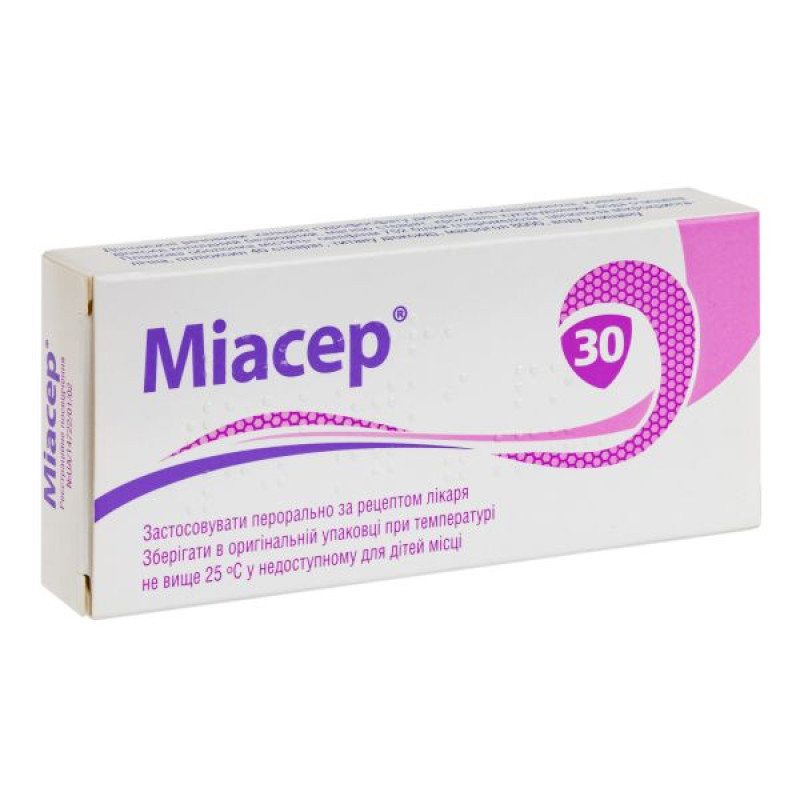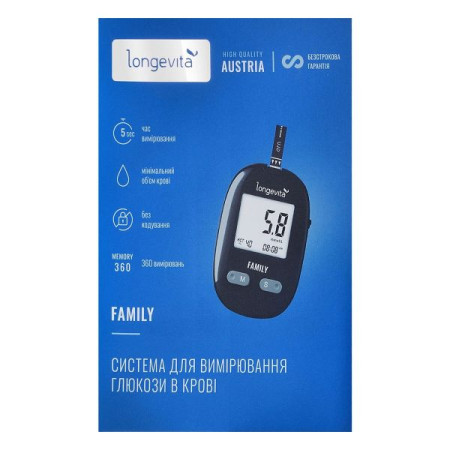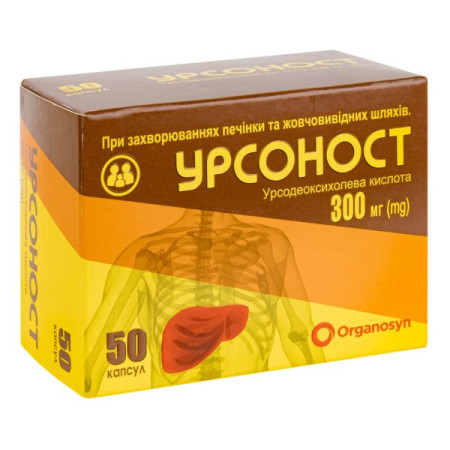Miaser film-coated tablets 30 mg blister No. 20

Instructions Miaser film-coated tablets 30 mg blister No. 20
Composition
active ingredient: mianserin;
1 tablet contains mianserin hydrochloride - 30 mg;
excipients: calcium hydrogen phosphate dihydrate, methylcellulose, colloidal silicon dioxide, magnesium stearate, corn starch, purified water;
film coating: sepifilm 752 white (hypromellose, microcrystalline cellulose, polyoxyl 40 stearate, titanium dioxide), macrogol 8000, purified water.
Dosage form
Film-coated tablets.
Main physicochemical properties: white, film-coated, biconvex, elongated tablets with a score.
Pharmacotherapeutic group
Antidepressants. ATX code N06A X03.
Pharmacological properties
Pharmacodynamics
Miaser® is an antidepressant drug belonging to the group of piperazine-azepine compounds. The chemical structure of mianserin (the active component of the drug) lacks the side chain characteristic of tricyclic antidepressants, which causes the anticholinergic activity of the latter. Mianserin increases central noradrenergic neurotransmission by alpha2-autoreceptor blockade and inhibition of neuronal reuptake of norepinephrine. The drug binds to serotonin receptors of the central nervous system. The antidepressant effect of Miaser® is similar to that of other modern antidepressants. In addition, the drug also has a pronounced anxiolytic effect, which is important in the treatment of patients with depression associated with anxiety. The sedative effect of Miaser®, associated with its effect on alpha1-adrenoreceptors and histamine H1-receptors, is a strong reason for using the drug for sleep disorders associated with depression.
Miaser® is well tolerated by patients, including the elderly and those with cardiovascular diseases. When used in therapeutic doses, the drug practically does not exhibit anticholinergic activity and, accordingly, does not disrupt the functioning of the cardiovascular system.
In case of overdose, Miaser® causes significantly fewer cardiotoxic effects compared to tricyclic antidepressants. The drug does not interact with sympathomimetic and antihypertensive agents, the action of which is due to the effect on beta-adrenergic receptors (betanidine) or alpha-adrenergic receptors (clonidine, methyldopa).
Pharmacokinetics
When administered orally, mianserin is rapidly absorbed. The maximum concentration of the active substance in the blood plasma is observed 3 hours after administration of the drug. Bioavailability is 20%. Mianserin is approximately 95% bound to blood plasma proteins. The half-life of mianserin is from 20 to 60 hours, so it is sufficient to use the drug once a day. Stable plasma concentrations of mianserin are achieved within 6 days of treatment with the drug. Mianserin is metabolized and excreted in urine and feces within 7-9 days. The main biotransformation pathways of mianserin are demethylation and oxidation with subsequent conjugation of metabolites.
Indication
Depressive states of various origins.
Contraindication
Manic states, severe liver dysfunction; hypersensitivity to the active substance or to any of the excipients.
Special safety precautions
Do not use the drug after the expiration date indicated on the package.
Interaction with other medicinal products and other types of interactions
Miaser® can enhance the depressant effect of alcohol on the central nervous system, therefore patients are not recommended to drink alcohol during treatment with the drug.
Mianserin should not be administered concomitantly with MAO inhibitors (such as moclobemide, tranylcypromine and linezolid, etc.) and within two weeks of discontinuation of MAO inhibitor therapy. On the other hand, approximately two weeks should elapse before patients who have been treated with mianserin can receive MAO inhibitor therapy.
Mianserin does not affect the action of such drugs as betanidin, clonidine, methyldopa, guanethidine or propranolol (alone or in combination with hydralazine). Despite this fact, it is necessary to monitor the blood pressure of patients receiving antihypertensive drugs simultaneously with Miaser®. Concomitant treatment with antiepileptic drugs that are CYP3A4 inducers (such as phenytoin and carbamazepine) may lead to a decrease in the level of mianserin in the blood plasma.
Adjustments in dosage should be considered when initiating or discontinuing concomitant treatment with these drugs. Like other antidepressants, Miaser® may affect the metabolism of coumarin derivatives, such as warfarin. Therefore, patients taking such drugs should be monitored closely.
There may be an increased risk of seizures when antidepressants are prescribed with atomoxetine.
The hypotensive effect may be enhanced if mianserin is taken with diazoxide, hydralazine, or nitroprusside.
Mianserin may reduce the effect of sublingual nitrates due to dry mouth. Concomitant use of mianserin with apraclonidine, brimonidine, sibutramine, or artemether with lumefantrine should be avoided.
The risk of QT prolongation and/or ventricular arrhythmias (including torsades de pointes) is increased when co-administered with other drugs that prolong the QT interval (e.g., some antipsychotics and antibiotics). The prescribing information for other drugs used concomitantly should always be consulted to determine whether they affect QT prolongation.
Application features
Reservation
It has been reported that bone marrow suppression, manifested by granulocytopenia or agranulocytosis, may occur during treatment with Miacer®. These reactions most often occurred after 4-6 weeks of treatment and were usually reversible after discontinuation of therapy. If the patient develops fever, sore throat, stomatitis or other signs of infection, treatment should be discontinued and a clinical blood test should be obtained.
Like other antidepressants, Miaser® may exacerbate hypomanic states in susceptible individuals with bipolar depressive disorder. In such cases, Miaser® treatment should be discontinued.
When treating patients with diabetes, cardiovascular disease, renal or hepatic insufficiency, the usual precautions should be observed. And the doses of drugs prescribed for concomitant diseases should be constantly adjusted by the doctor.
Mianserin is associated with hematologic and hepatic reactions, and patients require close monitoring. Complete blood counts are recommended every 4 weeks for the first 3 months of treatment; further clinical monitoring should be continued, and treatment should be discontinued and a complete blood count obtained if fever, sore throat, stomatitis, or other signs of infection develop.
In the post-marketing period, cases of QT prolongation and ventricular arrhythmia (including cases of torsades de pointes) have been reported with Miaser®. Miaser® should be administered with caution to patients with risk factors for QT prolongation/torsades de pointes, including congenital long QT syndrome, patients over 65 years of age, women, patients with structural cardiovascular disease/left ventricular (LV) dysfunction, kidney or liver disease, when using drugs that inhibit Miaser® metabolism, and when using other drugs that cause QT prolongation. Existing hypokalemia and hypomagnesemia should be corrected before starting treatment. If the QT interval reaches > 500 ms or increases by > 60 ms, consideration should be given to discontinuing Miaser® or reducing the dose of the drug.
Caution should always be exercised in patients with recent myocardial infarction, heart block, or arrhythmia. Serious cardiotoxic effects are rare at therapeutic doses, even in patients with pre-existing cardiac disease, recent myocardial infarction, or heart failure.
Patients with angle-closure glaucoma, as well as patients with suspected prostatic hypertrophy, should also be under medical supervision, although anticholinergic side effects are not associated with the use of Miaser®.
If jaundice occurs, treatment with Miaser® should be discontinued.
If seizures develop, treatment with Miaser® should also be discontinued.
If a patient requires surgery during mianserin therapy, the anesthesiologist should be informed of the treatment being performed.
Caution should always be exercised in patients with pheochromocytoma.
Elderly patients are less likely to experience adverse reactions such as agitation, confusion, and postural hypotension with mianserin than with tricyclics or bridging tricyclics, but all antidepressant therapy should be used with particular caution in this patient group.
Epilepsy
As with tricyclic antidepressants, mianserin is known to lower the seizure threshold and should therefore be used with extreme caution or avoided if possible in patients with epilepsy and other pre-disposing factors such as brain lesions of various etiologies, concomitant use of neuroleptics, withdrawal from alcohol or drugs with anticonvulsant properties (e.g. benzodiazepines).
Suicide/suicidal thoughts or clinical worsening
Patients with a history of suicidal behaviour or those at high risk of suicidal behaviour are at increased risk of suicide attempts and should be monitored closely during treatment. A meta-analysis of placebo-controlled clinical trials of antidepressants in adult patients with psychiatric disorders showed an increased risk of suicidal behaviour with antidepressants compared with placebo in patients under 25 years of age. Close monitoring of patients, particularly those at high risk, should accompany antidepressant therapy, particularly at the start of treatment and after dose changes. Patients (and caregivers of patients) should be alerted to the need to monitor for any clinical worsening, suicidal behaviour or thoughts, and unusual changes in behaviour and to seek medical advice immediately if these symptoms present.
If there is a likelihood of suicide, especially at the beginning of treatment, the patient should be given only a limited number of Miaser® tablets.
Ability to influence reaction speed when driving vehicles or other mechanisms
Miaser® may affect psychomotor reactions in the first days of use. Therefore, patients with depression should refrain from driving or operating other potentially dangerous mechanisms during the course of treatment with the drug.
Use during pregnancy or breastfeeding
Limited clinical data do not indicate any adverse effects of mianserin on fetal development and show that mianserin is excreted in breast milk only in small amounts. However, when using Miaser® during pregnancy or breastfeeding, the benefit to the mother should be weighed against the potential risk to the fetus/newborn.
It is not recommended to use the drug during pregnancy unless there are compelling reasons. There is no evidence of safety during pregnancy. Animal studies have not shown any risk of use during pregnancy.
Breastfeeding
Mianserin is contraindicated during breast-feeding. Breast-feeding should be discontinued if treatment with mianserin is considered necessary.
Method of administration and doses
Miaser® tablets should be taken orally, swallowed without chewing, with water.
The dose of the drug is determined by the doctor individually for each patient.
For adults, the recommended initial dose of Miaser® is 30 mg per day. The dose of the drug can be gradually increased every 3-4 days to achieve the optimal clinical effect. As a rule, the effective daily dose of Miaser® is 60-90 mg, the maximum is 90 mg.
The use of mianserin is restricted to patients aged 65 years and over who:
do not respond to other antidepressants; have glaucoma; have prostatic hypertrophy.
Elderly patients should be started on a dose of 30 mg/day. A lower than normal maintenance dose may be sufficient to obtain a satisfactory clinical response.
Pharmacokinetic studies of mianserin in the elderly patient suggest a longer half-life and slower metabolic clearance. This information suggests that a single nightly dose of mianserin should be preferable to divided doses in the elderly patient; furthermore, a lower than usual maintenance dose may be sufficient to obtain a satisfactory clinical response.
In the future, the dose of Miaser® can be gradually increased. The maintenance effective daily dose of the drug may be slightly lower than the usual dose for adults.
The daily dose of Miaser® can be divided into several doses, but it is better to take the drug in one dose in the evening, given its beneficial effect on night sleep.
Treatment with adequate doses of Miaser® should lead to noticeable positive results within 2-4 weeks of therapy. If the response is insufficient, the daily dose of the drug can be increased. If no positive effect is observed within a further 2-4 weeks, treatment with Miaser® should be discontinued.
After achieving clinical improvement, Miaser® treatment should be continued for another 4-6 months to maintain the positive effect.
Discontinuation of treatment with the drug in rare cases causes withdrawal syndrome.
Children
There is no experience with the clinical use of mianserin in children, therefore Miaser® is not recommended for use in this age group of patients.
Overdose
Symptoms of significant overdose of Miaser® are generally limited to prolonged sedation. Cardiac arrhythmias, convulsions, severe hypotension and respiratory depression develop rarely.
Treatment. There is no specific antidote. Gastric lavage is recommended, followed by symptomatic therapy and maintenance of basic vital functions of the body.
Adverse reactions
Patients suffering from depression experience symptoms directly related to the disease itself (dry mouth, persistent constipation, accommodation disorders). Therefore, it is sometimes difficult to determine whether these symptoms are a manifestation of the disease or adverse reactions to Miaser® treatment.
Adverse reactions (frequency unknown)
Blood abnormalities, which may manifest as granulocytopenia or agranulocytosis1 (see section "Special warnings and precautions for use")
| Organ system classes | |
| From the blood system | |
| Metabolic | Weight gain, Hyponatremia2 |
| From the psyche | Hypomania, suicidal ideation, suicidal behaviour3. Psychotic features including mania and paranoid delusions, which may be exacerbated by antidepressant therapy. Sexual dysfunction in adults, withdrawal symptoms in adults, withdrawal symptoms (e.g. neuromuscular irritability) in neonates whose mothers received tricyclic or bridging tricyclic antidepressants during pregnancy4. |
| From the nervous system | Sedative effect that occurs at the beginning of treatment and decreases with continued treatment (Caution! Reducing the dose usually does not lead to a decrease in the sedative effect, but may reduce the effectiveness of the antidepressant) Convulsions Hyperkinesia Neuroleptic malignant syndrome |
| Cardiovascular system | Bradycardia after initial dose Prolonged QT interval on ECG Gastric tachycardia of the "Pirouette" type Arterial hypotension |
| Hepatobiliary system | Elevated liver enzymes Jaundice Hepatitis Abnormal liver function tests |
| Skin and subcutaneous tissue disorders | Exanthema, sweating |
| Musculoskeletal system | Arthralgia, polyarthropathy, arthritis |
| Reproductive system and breast disorders | Breast disorders (gynecomastia, nipple soreness, and postpartum lactation) |
| General violations | Edema |
Cases of suicidal ideation and suicidal behaviour have been reported during mianserin therapy or early after treatment discontinuation.
1 - These reactions occurred most frequently after 4-6 weeks and were generally reversible after discontinuation of treatment. Complete blood counts are recommended every four weeks for the first three months of treatment. In addition, the patient's clinical condition should continue to be monitored, and if the patient develops fever, sore throat, stomatitis, or other signs of infection, treatment should be discontinued and a complete blood count should be obtained. These adverse reactions have been observed in all age groups, but appear to be more common in the elderly.
2 - Common in the elderly and possibly due to inappropriate antidiuretic hormone secretion, hyponatremia has been associated with all types of antidepressants and should be considered in all patients who develop drowsiness, confusion, or seizures while taking an antidepressant.
3 - Cases of suicide and suicidal behavior have been reported during mianserin therapy or early after discontinuation of treatment.
4 - While not reported for mianserin, these adverse events may occur with tricyclics and bridged tricyclics Reporting of suspected adverse reactions
Expiration date
3 years.
Storage conditions
Store in the original packaging at a temperature not exceeding 25 °C.
Keep out of reach of children.
Packaging
10 tablets in blisters; 2 blisters in a cardboard pack.
Vacation category
According to the recipe.
Producer
Rivopharm SA.
Location of the manufacturer and its business address
Centro Insema, 6928 Manno, Switzerland.
There are no reviews for this product.
There are no reviews for this product, be the first to leave your review.
No questions about this product, be the first and ask your question.















